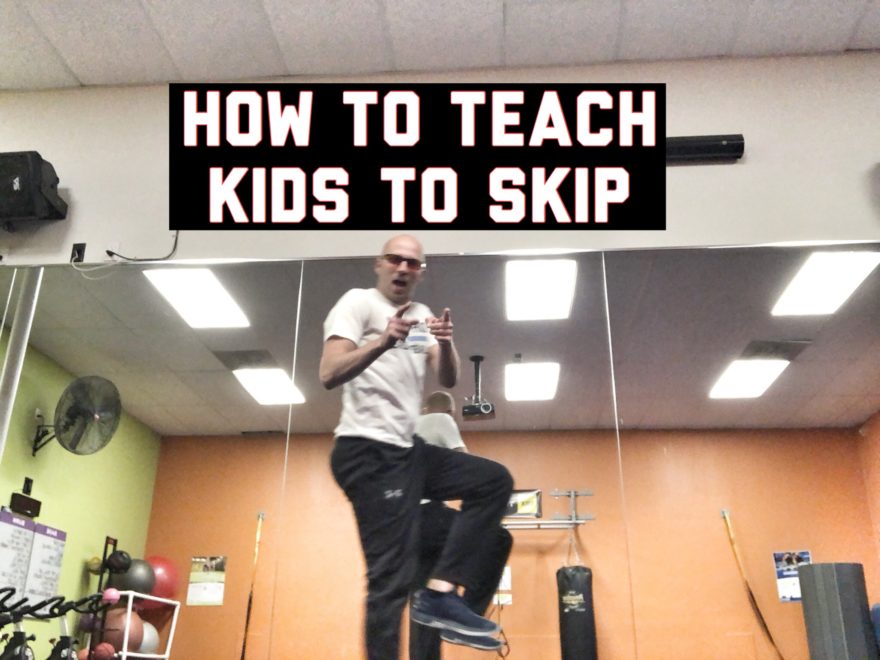Tag: kid

How to Teach Kids to Skip
I’ve been seeing a lot of kiddos lately who have leg injuries. Once we’ve gone through lower level rehab activities,…
Movement Chapter 13: Movement Pattern Corrections
This is a chapter 13 summary of the book “Movement” by Gray Cook. Back to the Basics Mobility deficits…
